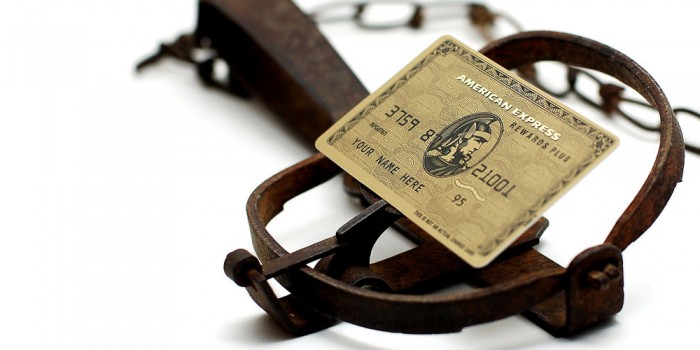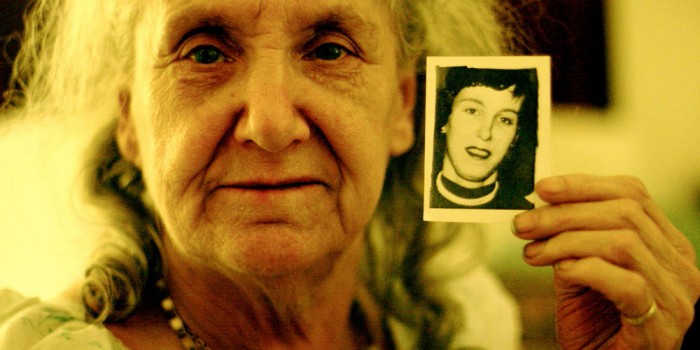At this time of year many people are making their New Year resolutions about how they’re going to do thing differently in the coming year. Often their choices are shaped by their festive excesses; losing weight or getting their finances under control. Last week, I was interviewed by a couple of radio stations who wanted a consumer behaviour expert’s take on this topic (I even had the good fortune to share one broadcast with the financial expert, Alvin Hall). What many people don’t realise is that cutting back on spending can be every bit as difficult as cutting back on food: a money diet is just as hard for many of the same reasons. The way we spend is, very often, shaped by our unconscious mind and influences on it. For example, spending can fulfil all sorts of psychological needs, depending on the person; it’s easy to resolve not to […]






Recent Comments